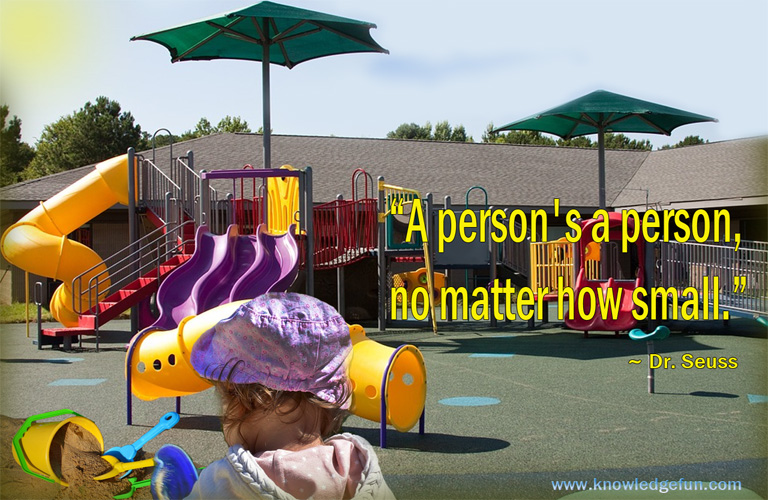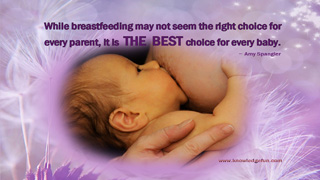Learn How to Evaluate the Quality of Child Care
Child care quality has many aspects and the easiest aspects to judge are the regulable standards such as: adult-to-child ratios, group size, and the child care provider's education and training. It is also good to find out whether the setting is accredited and by what organization. Accreditation from the government agency or some other well known organization is a good indicator of higher quality. Ask whether a child care setting is licensed, listed, or certified by the local government agency or organization responsible for child care regulations. Such a designation means that the setting met minimum standards for quality as defined by the government or organization in charge. You can get this information from your local government or organization.
One of the strongest and most consistent predictors of good children's development is positive caregiving. Positive caregiving is a measure of care quality that is based on direct observations of caregiver behavior. Positive caregiving will have caregiver that is, sensitive, encouraging, and with frequent interactions between the caregivers and the child.
Positive caregiving behaviors include:
- SHOWING A POSITIVE ATTITUDE - The caregiver should be helpful, in good spirits, smiling and encouraging when interacting with the child.
- HAVING POSITIVE PHYSICAL CONTACT - The caregiver should hold hands, pat the child on the back, hug the child, and comfort the child when needed.
- RESPONDING TO VOCALIZATIONS - The caregiver should answer the child's questions, comment on what the child says or tries to say and repeat the child's words.
- ASKING QUESTIONS - The caregiver should encourage the child to talk and communicate by asking questions that the child can answer easily, such as “yes” or “no” questions, or asking about a family member or toy.
- TALKING IN OTHER WAYS -- SUCH AS:
- Praising or encouraging -- The caregiver should respond to the child's positive actions with positive words, such as “You did it!” or “Well done!”
- Teaching -- The caregiver should encourage the child to learn or have the child repeat learning phrases or items, such as saying the alphabet out loud, counting to 10, and naming shapes or objects. For older children, the caregiver can explain what words or names mean.
- Telling and singing -- The caregiver should tell stories, describe objects, describe events, or sing songs.
- ENCOURAGING DEVELOPMENT - The caregiver should help the child to stand up and walk (for infants “tummy time” or encouraging crawling). For older children, helping kids to finish puzzles, stack blocks, or zip zippers.
- ADVANCING BEHAVIOUR - The caregiver should encourage the child to smile, laugh, play with other children, support sharing between the child and other children, and give examples of good behaviors.
- READING - The caregiver should read books and stories to the child and let the child touch the book and turn the page. For older children, pointing to pictures and words on the page.
- ELIMINATING NEGATIVE INTERACTIONS - The caregiver should be positive, not negative, in the interactions with the child, and taking a positive approach to interacting with the child even in times of trouble. The caregiver should interact with the child and not ignoring him or her.
The Positive Caregiving Checklist (pdf) - You can print and use this checklist to help evaluate the quality of a child care setting you are considering, or at the setting in which your child is already enrolled.







